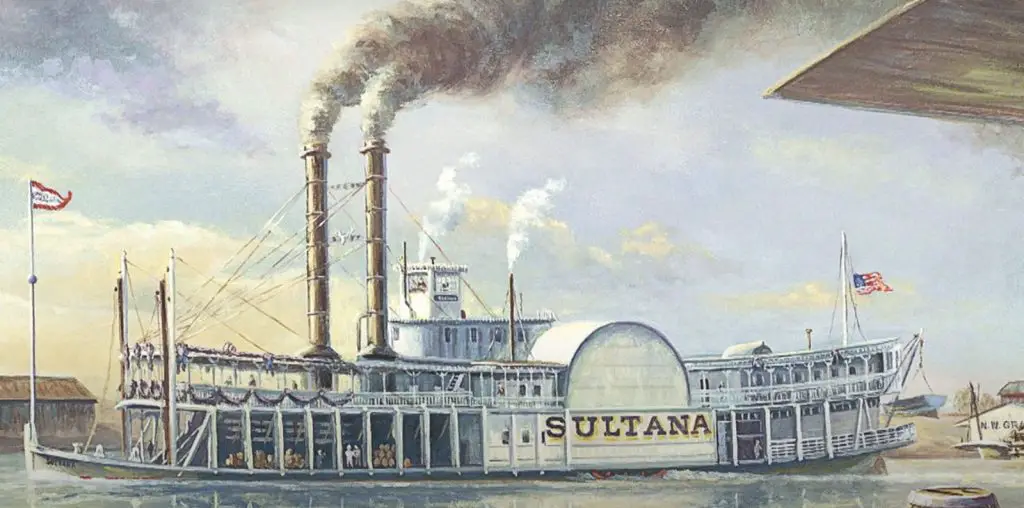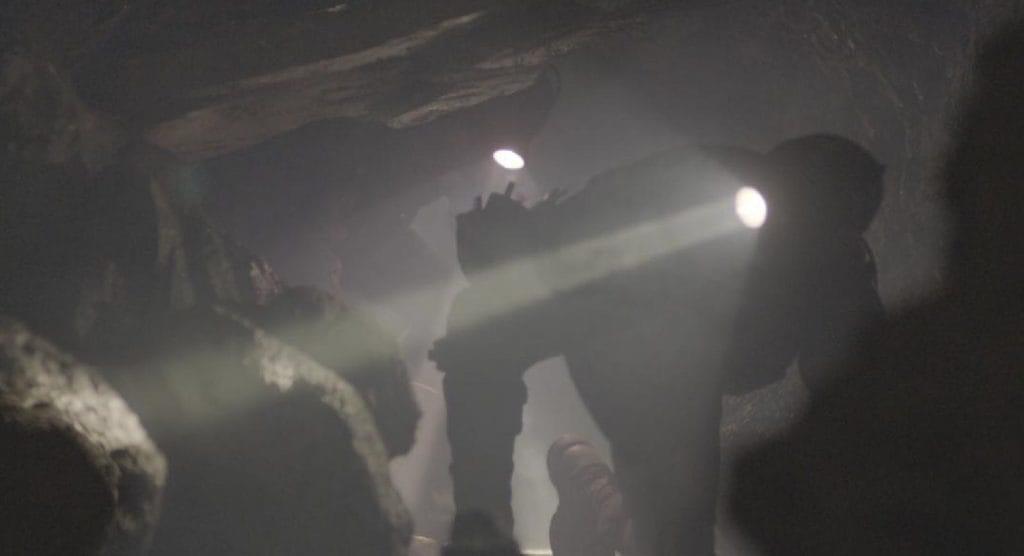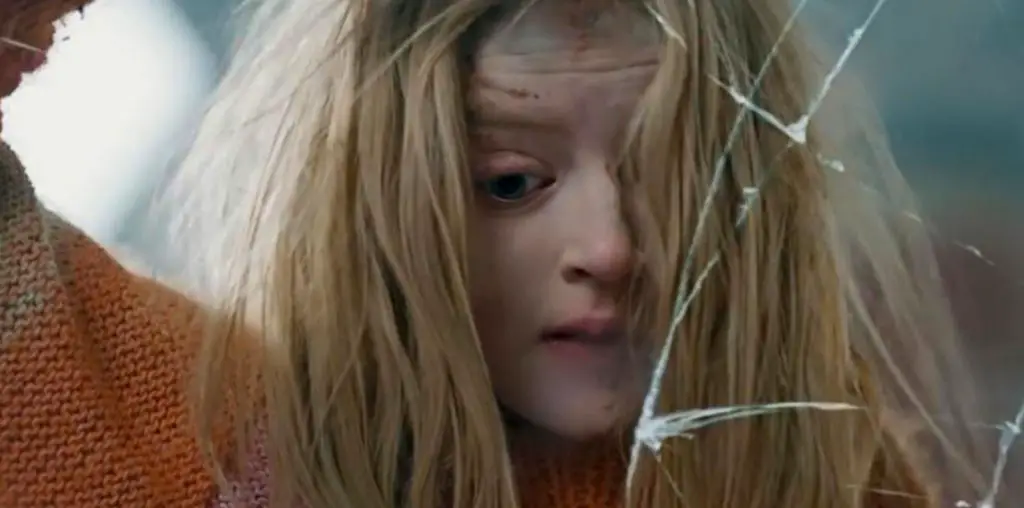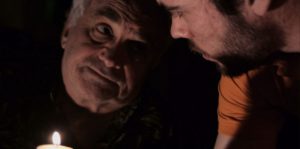
A disaster preparedness instructor visiting the tiny port city of Astoria, Oregon, as, ironically, the big one hits, sets in motion the story of Crossing Shaky Ground.
Living in a coastal town myself, I know we are often on high alert during “hurricane season,” but the residents of Astoria are anxious for something even more devastating: the Great Cascadia Subduction Zone Quake. It could release a number of tsunami waves across the area.
Director Paul Bright uses Aaron (Sean McCarty), the disaster specialist, as our guide through the aftermath, punctuating it with documentary-style interviews with “locals” as Aaron makes his way through the backroads of the area. According to the director, he spent a year interviewing those living on the fringes of the site and used Aaron as a narrative push-through, creating various encounters in which McCarty interacts with characters based on those he interviewed and allowed for improvisational dialogue between that actors.
It’s an impressive endeavor. Aided by McCarty and a few others, Bright provides an engaging back-and-forth throughout the various encounters. But the director might have bitten off more than he can chew with an attempt to capture an actual tsunami strike and the ensuing devastation in its aftermath. Aaron hitchhikes, canoes, and carries his plastic ukulele through backwoods Oregon. The setup gives Bright a catalyst for a narrative thread, demonstrating how we can oftentimes judge books by their cover. Hungry with little money and far out of his native environment, Aaron encounters multiple characters on his journey home who may not always be who they appear.
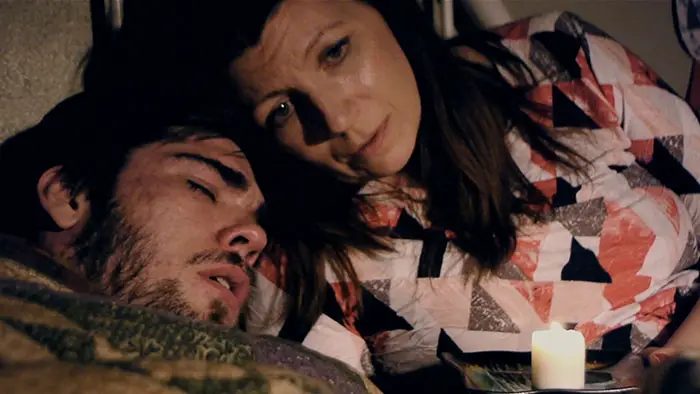
“…the Great Cascadia Subduction Zone Quake…could release a number of tsunami waves across the area.”
A scene between Aaron and Linda (Maria Mogavero), a frenzied motorist, leads to an interesting moment of tension before she speeds off down the road. Mogavero demonstrates frantic desperation in her brief screentime, but the film’s episodic structure does not allow for any deeper interactions than chance meetings. Crossing Shaky Ground punctuates these interactions with talking-head interviews that don’t immediately underscore the onscreen action.
The most notable interaction, though, is Ben (Jonas Isreal), an elderly man who is also stranded and decides to tag along. Both McCarty and Isreal share a natural rapport that is, at times, engaging and authentic. Others within do not fare as well, which can bring any and all action to a grinding halt, unable to overcome the stilted banter. It’s also not assisted by Bright’s decision to film much of it using a hand-held camera, which shakes and bounces uncontrollably in some scenes. It is more disorienting than when the tsunami actually strikes.
Given its limited budget, the film can be forgiven for shaking the camera when it is supposed to simulate the “big quake” hitting, but the shaky shots linger much farther into the narrative, leaving the audience to wonder if the characters are experiencing aftershocks.
There is a sincerity in Crossing Shaky Ground that is undeniable, but it never wholly gels together for the emotional resonance it’s aiming for. While the concept of creating a free-flowing contemplation of human behavior after a natural disaster would make for a great improvisational exercise for a theater group, the decision to shoot the catastrophe itself and sculpt a roaming adventure only detracts from the emotional impact. Its ambition is undermined by its budget, structure, and the choice to include shots that feel as though the quake lasted through the entire film.
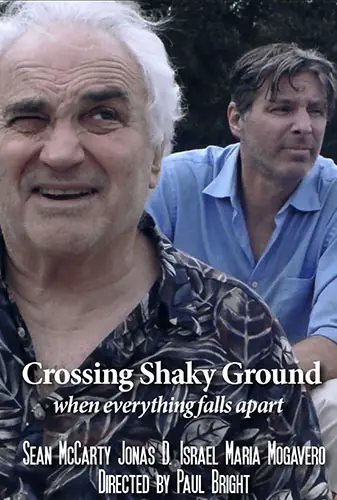
"…more disorienting than when the tsunami actually strikes."
